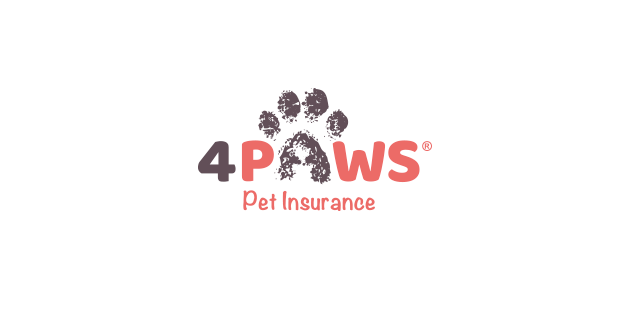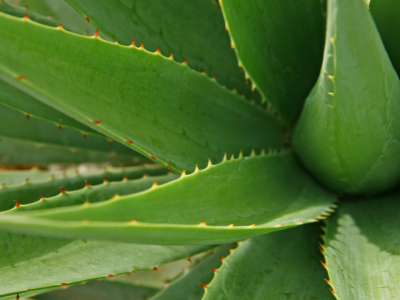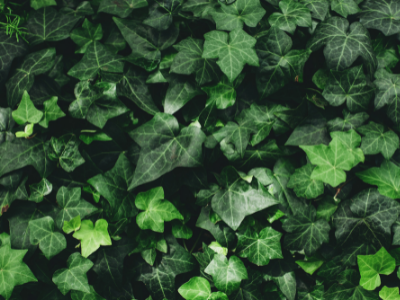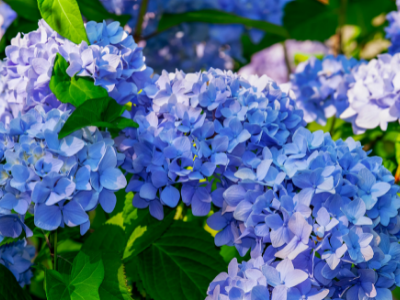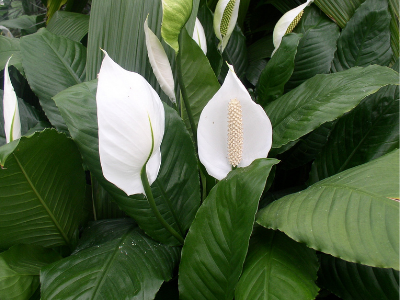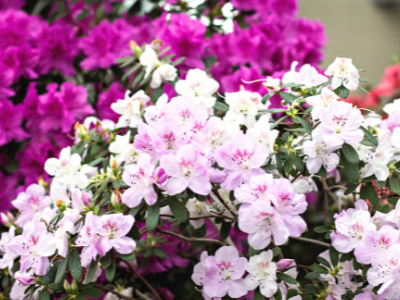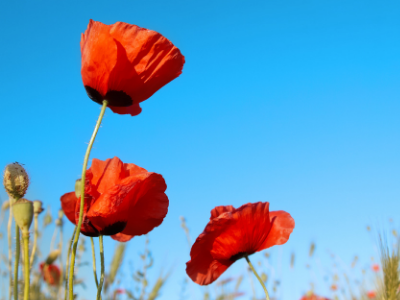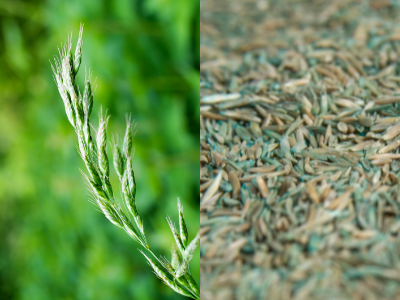03 Mar Flowers that are dangerous to our pets
It’s not uncommon for our pets to eat something they shouldn’t. And usually, they can overcome accidental digests. However, one poisonous snack that can be harder to police is flowers. Here’s our guide on flowers that are dangerous to pets.
It’s easy enough to make sure you don’t have any poisonous ones in the house, but once you take your pet outside it’s another story. Especially if they like to roam.
If you are out and about and you think your pet might have eaten something they shouldn’t, don’t delay speaking to a vet. You can have a free virtual consultation with a vet via the FirstVet app, as part of your 4Paws policy.
However, some symptoms to look out for include vomiting, diarrhoea, difficulty in breathing, abnormal urine, salivation and weakness.
We’ve compiled a list of flowers that are dangerous to pets and poisons you should be aware of. This list is by no means complete, so if you’re unsure of any plant or flower, always err on the side of caution.
1. Aloe vera
Known for its therapeutic qualities. But not so healthy for your dog or cat. If you can’t part with your plant, make sure it’s out of harm’s way as digested it can cause vomiting, depression, diarrhoea, anorexia, tremors and changes in the urine.
2. English ivy
This popular plant might be a gardener’s choice for landscaping or as a houseplant, but if your pet eats it can cause vomiting, diarrhoea, pain and excess salivation.
3. Foxglove
You often see foxgloves in gardens as well in woodland, but these tall colourful plants hold hidden dangers and if eaten can cause cardiac and gastrointestinal problems
4. Hydrangeas
A popular choice in many gardens up and down the country, these bright and colourful flowers can lead to a range of problems if eaten such as oral irritation, gastrointestinal distress and depression.
5. Peace lily
This stunning houseplant unfortunately can lead to your home being anything but peaceful if your dog or cat eats it. In fact, it could have your house in uproar as it can cause serious oral problems as well as vomiting.
6. Daffodils and tulips
You see them everywhere in the spring as they announce the end of winter. Unfortunately, their bulbs are toxic and can cause a range of problems such as drooling, convulsions and cardiac problems.
7. Chrysanthemums
This colourful plant is a popular choice with gardeners as the pyrethrins may help ward off pests. But, they are not good news for pets as they can cause gastrointestinal problems.
8. Azaleas
Azaleas as well as other species of rhododendron add vibrant springtime colour to your garden. They can also cause vomiting, diarrhoea and general weakness. If your pet eats enough of them, sadly even death.
9. Autumn crocus
They look stunning, but behind the beauty lies the real danger for pets. If your cat or dog takes a bit too much of a liking to them digesting can lead to vomiting, diarrhoea and even organ damage
10. Poppy
This bright red flower is often seen growing wild, it is toxic if eaten and can cause a range of problems depending on how much has been eaten. Symptoms can include trembling, weakness, depression, slowed heart rate and even death.
Grass seeds
These are another wild hazard to watch out for, especially when it comes to dogs. Grass seeds are very tiny with a pointed end that can often burrow or become embedded in the skin of your pet, with this they carry an infection. Normally this occurs in their paws, armpit, groin area or under their tail.
Here’s what to look out for if your pet has grass seeds and how to know when to keep off the grass!




